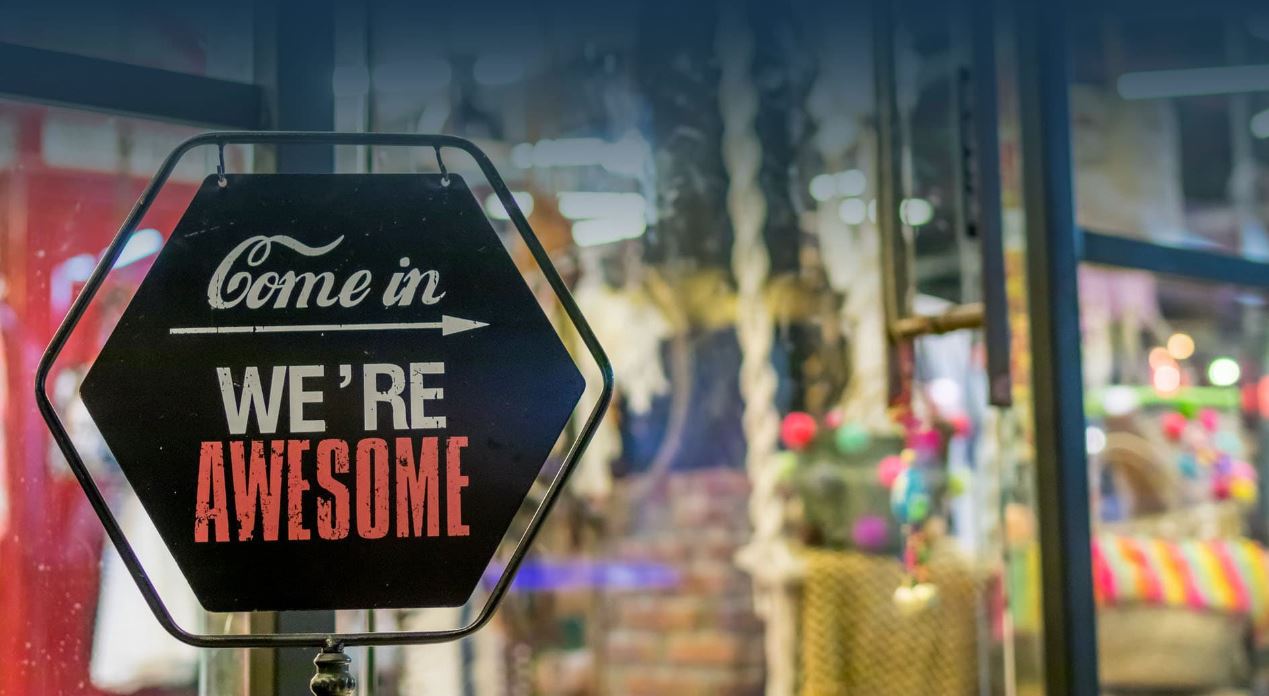The Impact of Signage in Modern Marketing Strategies
In today’s fast-paced marketing world, signage is crucial for catching consumers’ attention and increasing brand awareness.
Marketing strategies have evolved to offer various signage options, from traditional to digital, catering to different needs and preferences.
We will explore the importance of signage in modern marketing, the different types used, and how to create effective signage that engages and resonates with your target audience.
Discover the power of signage in driving sales and conversions!
What Is Signage?
Signage plays a crucial role in communication and visual representation for businesses. It encompasses various visual graphics, symbols, and displays to convey information to a target audience.
Signage is an essential tool for branding and wayfinding, helping businesses establish their identity and guide customers effectively. Whether it’s a logo on a storefront, directional signs in a mall, or promotional banners at an event, signage grabs attention and communicates messages efficiently.
Signage can influence retail purchasing decisions by showcasing product information or special offers. Outdoor billboards, digital displays, and even simple chalkboard signs outside cafes are common examples of how signage is utilised to attract and engage with audiences.
The Evolution of Signage in Marketing
The evolution of marketing signage reflects advancements in technology and innovation. From traditional hand-painted signs to dynamic digital displays, signage has adapted to the changing marketing landscape.
With the emergence of LED technology, businesses have created eye-catching illuminated signs that can grab attention even in low-light conditions. The development of interactive touch screens has revolutionised how companies engage with their audience, allowing for personalised and engaging experiences. Augmented reality and projection mapping have taken signage to a new level, offering immersive and interactive marketing campaigns. These technological advancements have enabled businesses to communicate their messages effectively and create memorable experiences for consumers.
From Traditional to Digital Signage
The transition from traditional to digital signage marks a significant shift in marketing strategies. Traditional signage, such as banners and hoardings, has evolved into dynamic digital displays that offer interactive and engaging content.
Digital signage leverages technology to create a more immersive and targeted marketing experience. With the ability to update content remotely in real-time, digital signage allows businesses to stay relevant and adapt quickly to changing market conditions.
Digital signs can capture audience attention with motion graphics, videos, and personalised messages, driving higher engagement levels than static traditional signage. The versatility of digital signage extends to its ability to display dynamic information tailored to specific demographics or locations, increasing the effectiveness of targeted advertising campaigns in ways that traditional signage simply cannot match.
The Importance of Signage in Modern Marketing Strategies
Signage is pivotal in modern marketing strategies by enhancing branding efforts and increasing consumer engagement. In a digitally-driven world, impactful signage remains a tangible touchpoint reinforcing brand identity and attracting target audiences.
Signage is the first visual representation of your brand that customers see, making it crucial for leaving a lasting impression. It serves as a silent salesperson, communicating your brand message effectively 24/7.
For instance, renowned brands like Coca-Cola use iconic signage like the Coke bottle shape to instantly evoke brand recognition and create a strong emotional connection with consumers. McDonald’s golden arches are another classic example of successful signage that has become synonymous with the brand worldwide, showcasing the power of effective signage in building brand recall and loyalty.
Attracts Attention and Increases Brand Awareness
Effective signage attracts attention and significantly boosts brand awareness among consumers. Businesses can create lasting impressions and strengthen brand recall by strategically placing signage in high-traffic areas.
Signage serves as a silent ambassador for a brand, communicating its message and values to the target audience without the need for direct interaction. The visual elements on a sign, such as colours, fonts, and images, are crucial in captivating the consumer’s interest and influencing their decision-making process. Research in consumer psychology highlights how familiar and well-placed signage can trigger positive emotions and memories associated with a particular brand, increasing customer engagement and loyalty.
Enhances Customer Experience
Signage enhances physical store customer experience by facilitating navigation, providing relevant information, and creating a visually appealing ambience. Well-designed signage contributes to a seamless shopping journey and increases customer engagement.
Retailers must strategically place signage throughout their stores to guide customers effortlessly through different departments and product sections. By using clear and concise messaging, signage helps shoppers locate specific items, promotions, or sale areas quickly, saving time and reducing frustration.
Eye-catching signage can draw attention to new product arrivals or special deals, sparking interest and encouraging exploration within the store. Strategically placed signage can also create a welcoming atmosphere, setting the tone for a pleasant shopping experience.
Provides Information and Direction
Signage is a vital source of information and direction for consumers. It guides them through spaces, highlights promotions, and conveys essential messages. Thoughtfully designed signage informs and …

